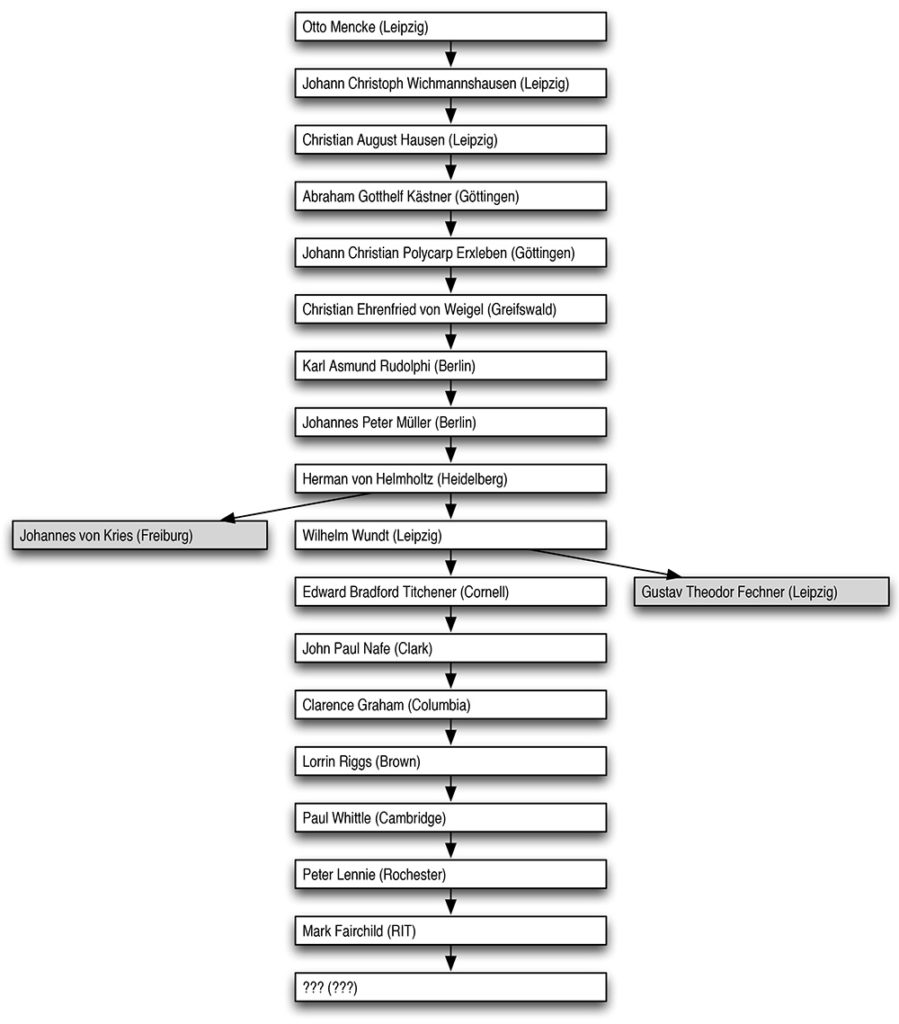“The transmission of the Way is not to be found in following after others. If you want to know the truth of the universe, see that the reality of ignorance is no other than buddha nature, and the illusory form is itself the pure Dharmakaya.” –Dogen
Lineage in Zen: Lineages are important in various forms of Zen and Buddhism, as well as in other practices. The basic idea is that the lineage traces the path of “dharma transmission” from teacher to student through the ages. Depending on the tradition and history, these lineages trace back to the historical Buddha (Siddhartha Gautama) and the buddhas that came before him. The lineages are interesting to study, even if questioned historically at times, but what do they really mean? For example, if I learned how to fix a flat tire from my father, then teach it to my daughter, there is no reason to be assured that I taught her anything that I learned from my father. Each link in the lineage has the full capability of breaking the chain. It is great faith to assume that they wouldn’t; or that one could not learn a better way from outside the chain. These traditions and questions transfer directly into academic transfer of knowledge in the sciences and other disciplines.

Academic Lineage: Academic lineages are a similar intellectual exercise. Mine is pictured here. Its creation was facilitated by the fact that someone had already put it together for the field of neuroscience to the point of my Ph.D. advisor, Peter Lennie. The lineage represents that transfer of academic knowledge from teacher to student through the master-apprentice system that has represented doctoral education for some time. I like to share this with my students to show that they have a direct link to Herman von Helmholtz, one of the greats (according to history) in our field and several others. I also illustrated a couple of near misses to scientific masters of mine, Johannes von Kries (the so-called father of chromatic adaptation models that I have spent my career researching) and Gustav Theodor Fechner (a crazy character responsible for much of what we practice as modern psychophysics). Having those three masters in my lineage (learned long after I had studied their work and defined my own) is very encouraging and heartwarming. But does it give me any claim to understanding their knowledge and insights any better than any of my colleagues who studied similar material but happen to have had a different Ph.D. supervisor and, therefore, a completely different lineage? Of course not! I might have some insights one or two steps prior to me due to direct interactions, but beyond that it is little more than tradition and a parlor trick.

The Master-Student Relationship: Both in zen and in Ph.D. academics, the joy of these lineages comes from the fact that there is only one “parent” or master due to the master-apprentice model in both. That alone is interesting and worthy of more thoughtful contemplation. Compare, if you will, this lineage with a normal family tree of two parents. Each generation back widens the tree by a factor of two. This 16-generation (before me) chart would have 65,536 directly-related ancestors! At that point, it is truly meaningless to say one is a direct descendent of whomever. How many generations back does one have to go to exceed the then-current population of the earth and to therefore find another conundrum to consider?!
Off to learn more about Johann Christian Polycarp Erxleben!
Next up; ???